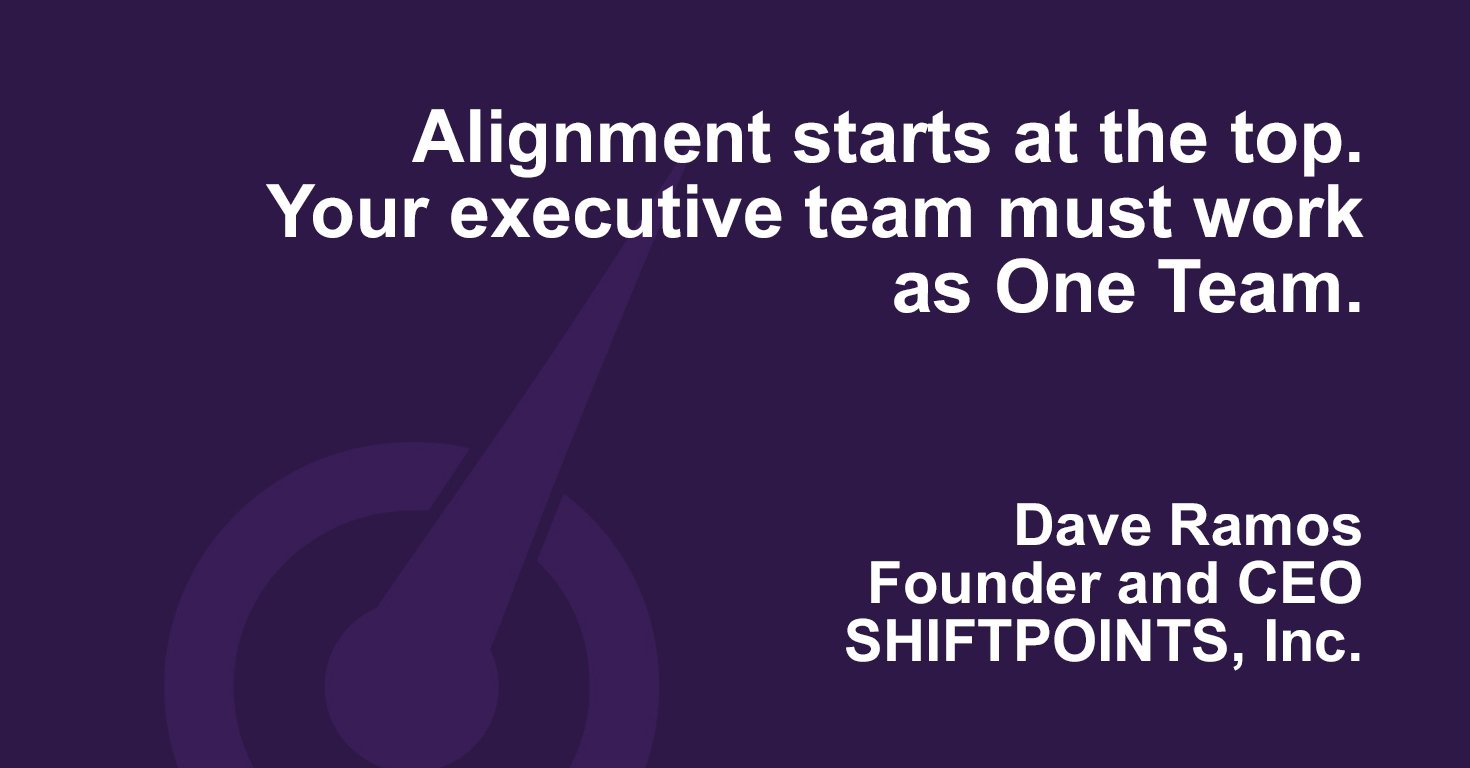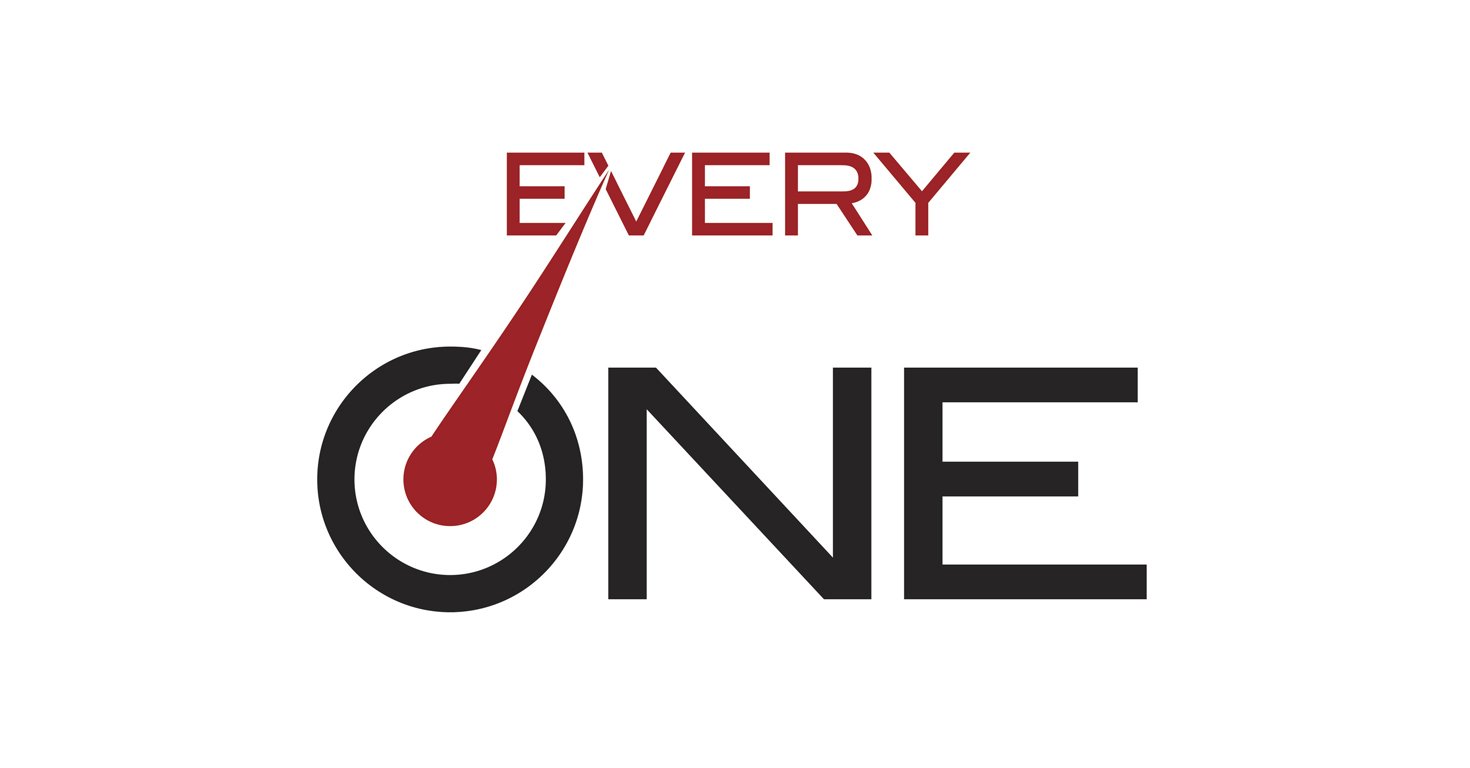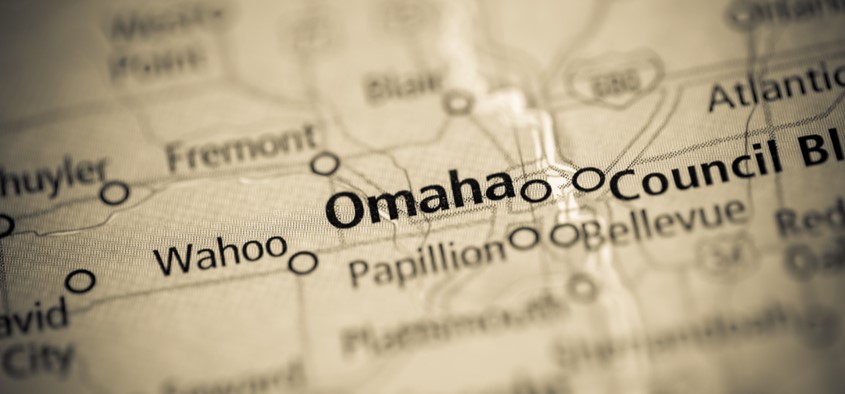 Every team has a purpose.
Every team has a purpose.
But most executive teams have never taken the time to clarify what theirs is.
In contrast, high-performance executive teams have a clear – and unique – sense of the discipline of purpose.
This seems like it should be obvious, but there are many different kinds of executive teams. In the same way that each company should have a unique purpose, the executive team running that company should have a unique purpose as well. (A church’s executive team has a very different purpose than a construction company’s executive team.)
To clarify your executive team’s unique purpose, consider three factors: decisions, outputs, and outcomes.
Decisions are the unique things that your executives decide as a team. (Like approve bonuses.) In some companies, this list is actually quite small, since most of the decisions are made by individual executives without bringing the issue to the entire executive team.
Outputs are the unique deliverables produced by your executives as a team. These include things like corporate strategy documents, annual budgets, or organizational goals.
Outcomes are the unique results that your executive team is responsible for as a team. These include things like financial results or employee engagement.
Once you know your executive team’s unique purpose, you can design the team to accomplish it.
SHIFTPOINTS® helps companies unleash the accelerating power of alignment. Because alignment is the ultimate competitive advantage.

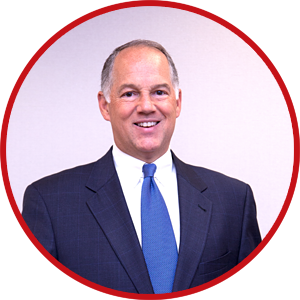
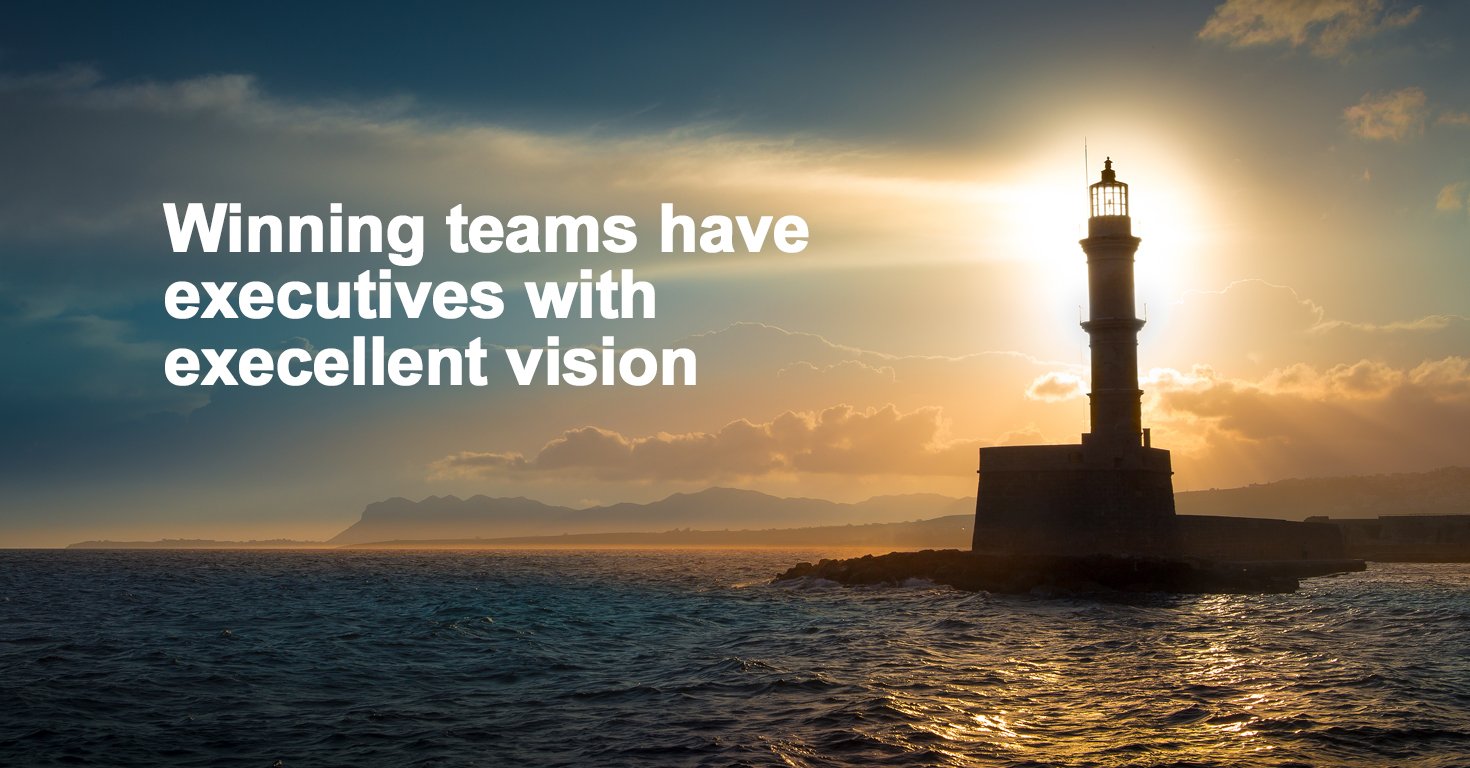 Every company has a vision.
Every company has a vision.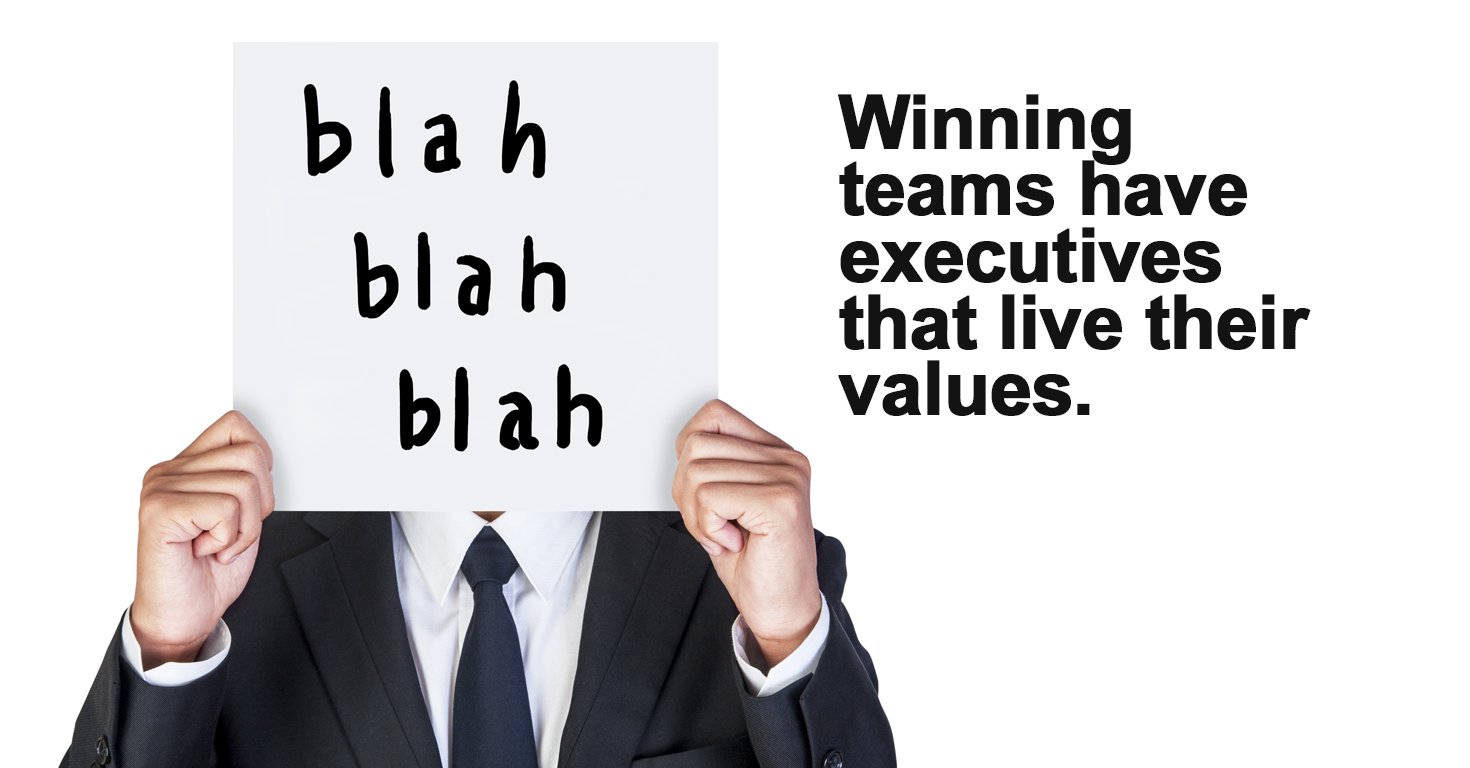 Every organization has values.
Every organization has values.
